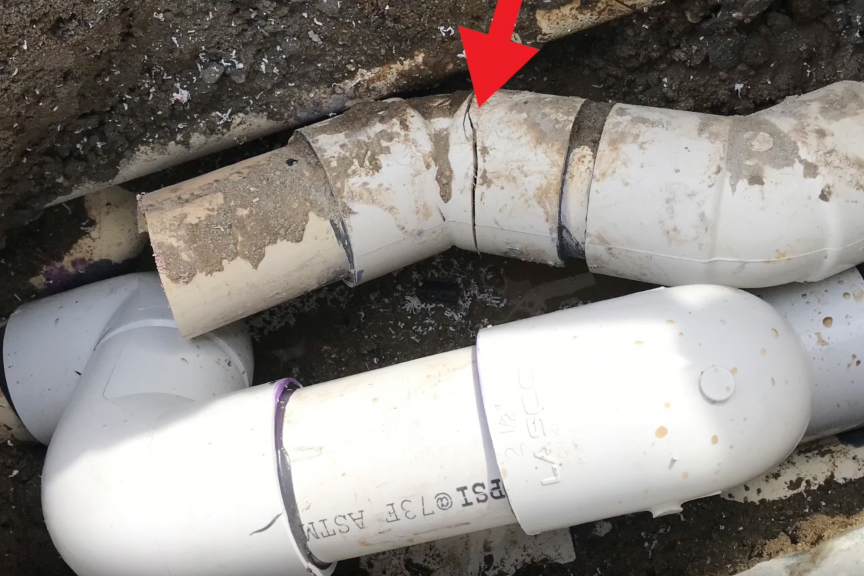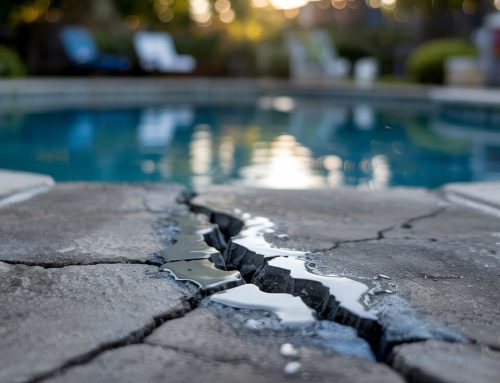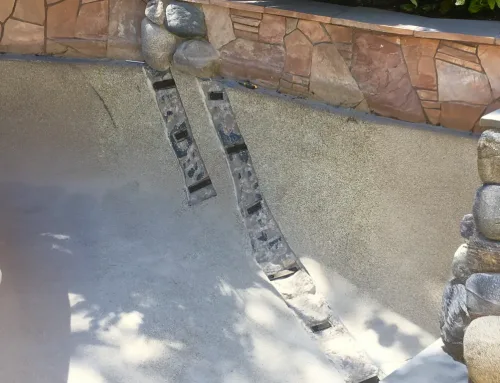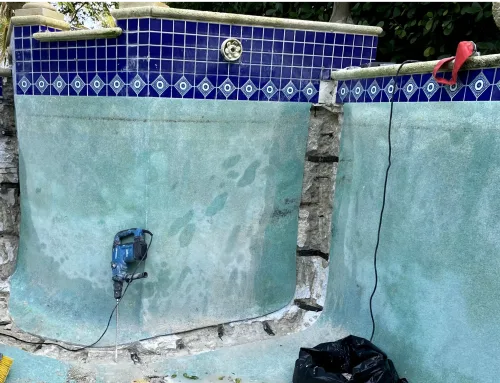When it comes to fixing a pipe or repairing cracks in concrete, professionals and structural engineers are turning to advanced techniques for results that last. Torque Lock™ Staples, combined with LeakTronics industry-leading leak detection equipment, are recognized as the go-to solution for durable, efficient pipe repair and structural crack stabilization. This article is packed with actionable tips, expert advice, and best practices specifically for contractors, plumbers, and pipe repair specialists looking to maximize the performance of Torque Lock products. If you want to ensure pipe repairs are strong, leak-free, and built to withstand the test of time, you’ll appreciate these insights.
What Makes Pipe Repair Vital for Homes and Businesses?
Pipe repair is about much more than stopping a leak—it preserves the water supply, prevents water damage, and upholds structural integrity. Without prompt attention, a damaged plumbing pipe can escalate into costly repairs, whether the problem’s with copper, steel, or PVC. Pipe leaks can create mold and destroy materials around the water line, drainage, or even under flooring. Fast, effective pipe repair helps avoid future water damage and protects the building’s value.
Why Do Structural Engineers Recommend Torque Lock?
More and more structural engineers back the Torque Lock system for concrete repair and pipe repair jobs because of its proven durability. The Torque Lock Staple, using its innovative Cam Lock™ technique, stabilizes cracks by creating up to 5,000 lbs of compression torque per staple. Unlike some solutions that only patch a pipe leak, this system actively compresses the damaged area, halting further movement. For engineers, that means restored strength and long-lasting results—especially for plumbing pipe, copper pipe, steel sections, or complex pool repairs.
How Does the Cam Lock™ Technique Outperform Traditional Repair Methods?
Traditional pipe repair methods like epoxy injection, J-B Weld, or repair clamps can provide temporary relief but may not address the structural issue at its core. With Torque Lock’s Cam Lock™ technique:
- Each staple applies steady, controlled compression across the concrete crack.
- The staples are crafted from stainless steel for durability and corrosion resistance.
- This process is suitable for copper and steel pipe repairs as well, offering improved long-term sealing compared to quick epoxy jobs.
This means permanent stabilization and higher confidence for both the repair company and the contractor performing the work.
What’s the Best Way to Identify Pipe Leaks Before You Start?
Accurate leak detection is essential for targeting the right location in any pipe repair. That’s where LeakTronics steps in. Their leak detection kits, featuring pipe probes and advanced audio amplifiers, help pinpoint even the smallest pinhole or drain leak, whether in PVC, copper, or steel plumbing pipe. This reduces unnecessary demolition and ensures that the repair addresses all damage.
Pro Tip: “Using LeakTronics’ equipment, even the hardest-to-find leaks in drains or buried water pipes become easily identifiable—critical for effective pipe repair.”
What Are the Key Steps for Successful Torque Lock Installation?
-
Mapping & Marking: Use the templates in your Torque Lock kit to trace and mark staple cutouts every 12 inches along the damaged section of the pipe or concrete structure.
-
Drilling & Cutting: Drill into the structure (minimum 4 inches deep for most staple types) and cut out channels to recess the staple.
-
Staple Placement: Assemble the staple, apply epoxy to the drilled holes (taking care not to get epoxy on the locking plate), and install the staple.
-
Torque Application: Use a torque wrench to apply precise torque (typically 22 lbs for 6-inch staples in gunite pools).
-
Sealing: Fill cutouts and cracks with non-shrinking hydraulic cement, then finish the surface.
Precision is key—don’t over-torque or over-cut, and confirm the staple recesses fully for a permanent seal.
Should Contractors Cut Wide or Stay Precise During Repairs?
While it’s tempting to cut a gaping section around a pipe leak for easy access, structural experts advise otherwise. The “Wide Cut” method may help in certain installations, but over-cutting damages more of the pipe or structure than necessary. Torque Lock recommends precise cutting per their template for both concrete and plumbing pipe repairs, preserving integrity and speeding up cure times.
How Can You Ensure Epoxy and Sealants Bond Correctly?
Proper surface prep is mandatory—clean and dry the damaged area thoroughly before applying epoxy or resin. Wipe off any oil from staples, avoid leaving dust, and don’t get adhesive on the Cam Lock™ itself. Use only recommended non-shrinking cements to ensure a water-tight seal for any drain, copper pipe, or steel pipe repair.
What Pipe Materials Are Compatible With Torque Lock?
Torque Lock products are designed primarily for solid cement-based surfaces but are compatible with a range of plumbing pipe repairs, including:
- Concrete, gunite, and shotcrete pools
- Copper pipe
- Steel and stainless steel pipe
- Drain lines requiring cured in place pipe or epoxy putty
If you’re repairing PVC, consult your repair kit for compatibility, and always use the right fitting and valve if integrating new sections.
How Should a Contractor Choose the Right Pipe Leak Repair Method?
Not all pipe repairs are the same. Here’s what to consider:
- Type of damage: Pinhole leaks may need different repair methods than large cracks.
- Pipe material: Copper, steel, stainless steel, and PVC have unique requirements.
- Location: Exposed vs. buried pipes demand different access strategies.
- Water pressure & flow: High-pressure water lines may need reinforced sealing.
- Knowledge level: Advanced plumbing skills ensure better results—if in doubt, use Torque Lock’s FindAPro to connect with a certified contractor.
Where Can You Find Qualified Professionals for Pipe Repair Projects?
Torque Lock does not provide direct repair services, but we offer a nationwide database— FindAPro—connecting you with trained and verified contractors and plumbers experienced in pipe repair and structural crack stabilization using Torque Lock products. For help beyond just supplying you the staples or pipe repair kit, FindAPro ensures the job is done right and meets warranty requirements.
Key Takeaways: Pipe Repair with Torque Lock
- Torque Lock’s Cam Lock™ staple is the structural engineer’s choice for a permanent pipe repair solution.
- Accurate leak detection from LeakTronics saves time and money by precisely identifying pipe leaks.
- Precision, not over-cutting, is essential—always follow Torque Lock template instructions.
- Use only recommended epoxies and sealants for proper bonding and curing.
- Torque Lock staples are compatible with concrete, steel, stainless, copper, and some PVC pipe repairs.
- For best results, work only with verified professionals and consult FindAPro to locate a trusted contractor.
- Proper pipe repair protects against future damage, water loss, and costly repairs down the line.
If you’re ready to fortify your pipe repair strategy, trust Torque Lock for reliability and long-term peace of mind. Remember, successful repairs are all about preparation, precision, and using the right products—the rest is just strong, lasting performance.






